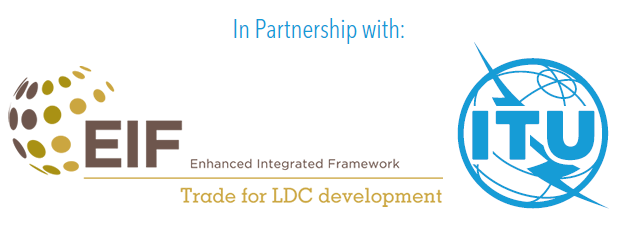1.1 Purpose and objectives
The handbook intends to be a practical tool for policy-makers on how to mainstream gender into current and future digital policies related to fostering connectivity, including areas such as access and adoption/use, public-private partnerships, and programme and project implementation
The handbook presents gender mainstreaming practices from different geographies across the world, collected in close collaboration with the six ITU regional offices.5 The handbook has a global focus, including practices from developed countries, developing countries, and LDCs (a dedicated section). The intention of this work is not to rank countries but, rather, to map gender mainstreaming practices around the world.
The handbook provides guidance and relevant information for policy-makers, especially from developing countries and LDCs. Through its content, they would have elements to base the improvement of existing policies in their countries by learning from the country good practices showcased in this document and addressing the same policy area(s). For instance, policy-makers interested in deepening women and girls’ online safety frameworks can consider the practice from Australia; policy-makers interested on upgrading institutional mechanisms for coordination on gender and digital policies can consider the practice from Chile.
The objectives of the handbook are the following:
|
|
Illustrate five challenges faced by women around the world (with regards to access to digital technology, digital skills, finance, entrepreneurship and leadership, and infrastructure and digital services). |
|
|
Showcase gender mainstreaming practices addressing these challenges, put in place by ministries of ICTs, ICT regulators and other relevant national agencies. |
|
|
Analyse the role of ICT ministries and related ministries influencing the digital economy |
|
|
Offer an initial actionable checklist for policy-makers on how to set up policy actions that are gender equal. |

